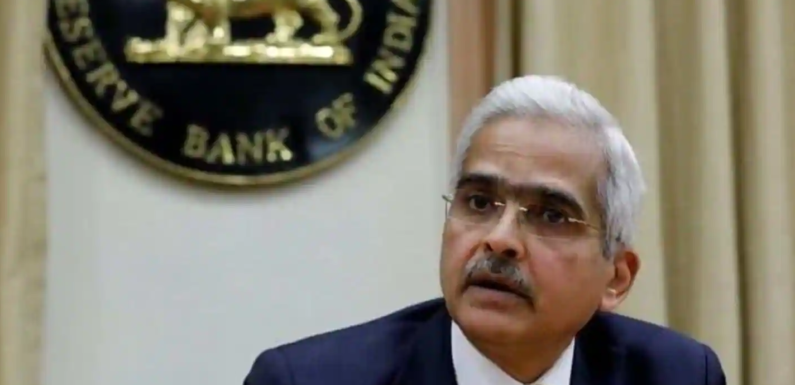
India’s national bank is in no rush to invert seminar on record low loan costs notwithstanding mounting stresses around expansion, Reserve Bank of India Governor Shaktikanta Das told.
The RBI last sliced its repo rate — the rate at which it loans to business banks — in May 2020 and has kept an accommodative financial strategy position to assist India with getting its development rate in the groove again.
“We are continually checking the circumstance and we will act at the suitable time. At the current crossroads, we feel that proper opportunity has not arrived,” he said.
India’s national bank is in no rush to switch seminar on record low loan fees in spite of mounting stresses around swelling, Reserve Bank of India Governor Shaktikanta Das told.
“We are continually observing the circumstance and we will act at the proper time. At the current crossroads, we feel that proper opportunity has not arrived,” Das disclosed.
The RBI last cut its repo rate — the rate at which it loans to business banks — in May 2020 and has kept an accommodative financial approach position to assist India with getting its economy in the groove again.
Since last year, the national bank has presented a few dozen measures pointed toward boosting development and relieving the effects of Covid-19 on the economy.
Once the “recovery of financial movement gives indications of solidness, indications of supportability, I imagine that ought to be a suitable time for the Reserve Bank, or for the money related arrangement, to consider, or maybe think about a shift in direction,” he said in a pre-recorded meeting on Thursday.
He added that the national bank won’t report any strategy shifts without first setting up the business sectors.
“Every one of our activities will be adjusted, they will be very much planned, they will be wary,” Das said. “We would prefer not to give any abrupt shock or any unexpected amazements to the business sectors.”
Development force
Last year, India shut down the majority of the country for a while during the primary Covid-19 wave, which pushed the economy to a 7.3% constriction for the monetary year finishing March 31. An overwhelming second wave between late March and early May drove the RBI to overhaul down its projected development rate by 1% to 9.5% for next monetary year.
Das disclosed that information shows a bounce back of movement in pieces of the economy, for example, the assembling and non-contact substantial assistance areas.
Nonetheless, limit use — which estimates how completely firms are utilizing their assets — is still not even close to the pre-pandemic levels, he said.
“Now of time, we are watching the restoration of the monetary action — there is still vulnerability winning around the pandemic,” Das said. He highlighted little upticks in Covid-19 cases in certain pockets of the nation — media reports said the Indian province of Kerala logged a sharp ascent in disease.
Expansion is ‘short lived’
Rising costs are a developing concern in numerous nations, where the worry is that if expansion becomes tireless, national banks might be compelled to control their super free financial strategies and raise loan fees.
South Korea on Thursday turned into the primary significant economy to raise loan costs during the pandemic, and financial backers are anticipating that others should ultimately take action accordingly.
While the RBI’s expansion target is 4%, it permits purchaser costs to vacillate in a reach somewhere in the range of 2% and 6%. India’s retail expansion stayed above 6% year-on-year in May and June, prior to directing to an expected 5.59% in July.
“Current swelling looks brief,” Das told, adding that the national bank anticipates that inflation should direct in the coming months.
He excused the possibility that India may get trapped in a stagflation — a circumstance where a country’s development rate is low, joblessness rate is high, and buyer costs are rising.
He clarified that the deduction at the national bank is that the greater part of the inflationary pressing factor right now is coming from the inventory side — when organizations and policymakers address the forthcoming stockpile issues, swelling will probably direct.
“RBI remains completely aware of its obligation to secure expansion assumptions,” the lead representative said, adding that the national bank will “guarantee that the swelling doesn’t become wild. It will be managed.”
When inquired as to whether the national bank might move away from its accommodative position at its October strategy meeting, Das said it would rely upon how the financial circumstance and swelling situation advance.

Noah Williamson is best known as an author. He wrote number of books as well as news articles. He is a teacher of high school. He writes books and news articles side by side.Now he works an author in Financial Reporting 24 .
Disclaimer: The views, suggestions, and opinions expressed here are the sole responsibility of the experts. No Financial Reporting 24 journalist was involved in the writing and production of this article.

